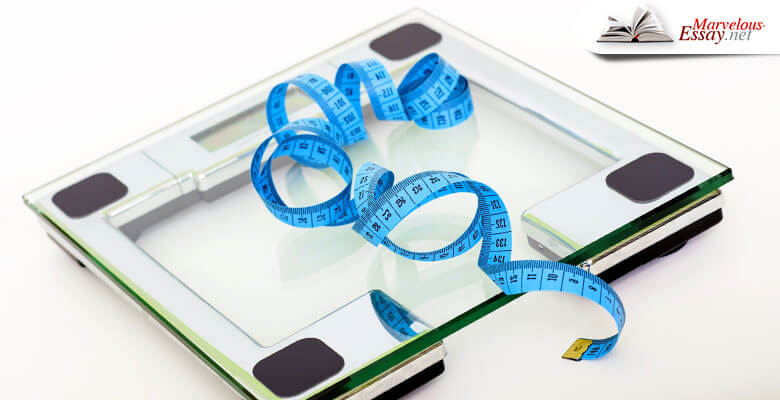
Table of Contents
Measurement is a cognitive operation in which a procedure for comparing a value with another value adopted as a standard is performed. In a broad sense, measurement is understood as a method of cognitive activity, as a result of which certain objects receive quantitative characteristics for one or another property.
Types of Measurements
There are different types of measurement procedures in practice and scientific research. The features of these procedures are determined by the nature of the objects being measured, the methods of processing the results obtained, the interpretation of the measurement results, certain laws that obey the measured objects. In science, measurement complements the qualitative methods of cognition of reality by precise quantitative methods. The measurement operation is based on the comparison of objects for any similar properties, characteristics, and features. Through measurement, a transition is made from the observed in experience to mathematical abstractions and vice versa. With the help of standards (units of measurement), it becomes possible to measure the quantities in question, expressing their ratio through the ratio of numbers. Given that many quantities are functionally interconnected, it is possible to establish other ones on the basis of knowing some values indirectly. In scientific practice, knowledge of the quantities under study can be obtained both directly as a direct measurement, and indirectly, that is, performed by calculation.
Measuring Instruments
Researchers use special devices to carry out observations and measurements, to conduct experiments. There are three groups of equipment, such as measuring and magnifying devices and laboratory equipment. In nature studies, measurements are often made of linear body dimensions or distances between bodies, mass, volume, temperature, or time. To do this, use a variety of measuring devices.
To determine the size of the body or the distance between the bodies accurately, use a variety of rulers, meters, or tape measures. The ruler can measure bodies of small size or small distances between them, while it is convenient to measure distances of several meters with a tape measure. While measuring, it is important to know the price of the division of the device. Body weight is measured using laboratory scales. Nowadays, scientists use ultra-precise electronic scales that guarantee the correct result.
The temperature is measured using thermometers. In addition to the scale, the thermometer has a sealed glass tube, partially filled with colored liquid. The higher is the temperature, the higher rises the liquid in the tube of the outdoor thermometer. Note that in a street thermometer two identical scales go up and down from the zero mark. They make it possible to measure the temperature in cold (below zero) and warm (marks above zero) conditions.
Limited Time offer!
Get 19% OFF
Magnifiers
Magnifiers help to study the remote bodies of nature, as well as those that are of diminutive size. Magnifiers and microscopes increase the image of bodies of small sizes. Bodies located at a great distance from a person are examined with binoculars and a telescope. Telescopes magnify the image of distant celestial bodies.



